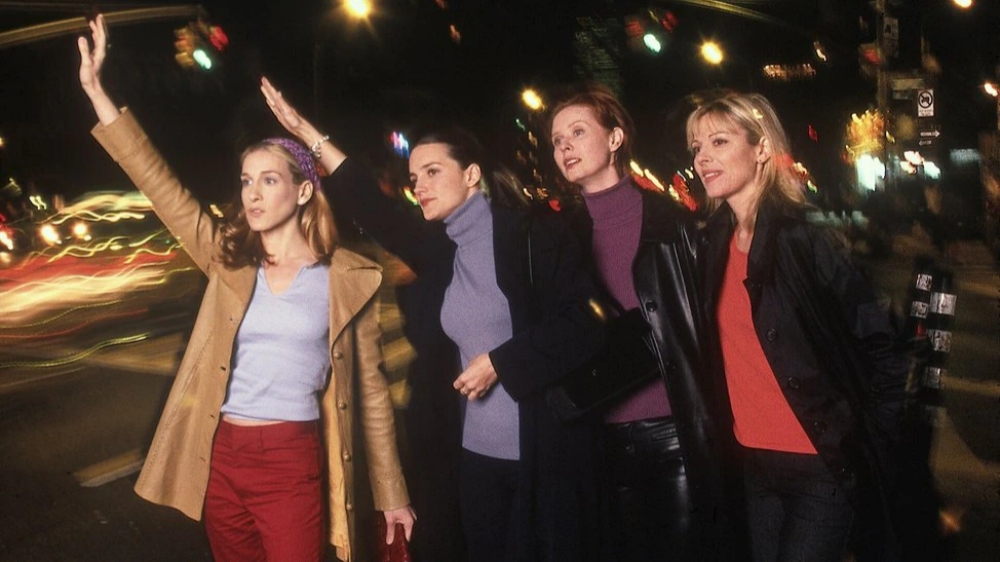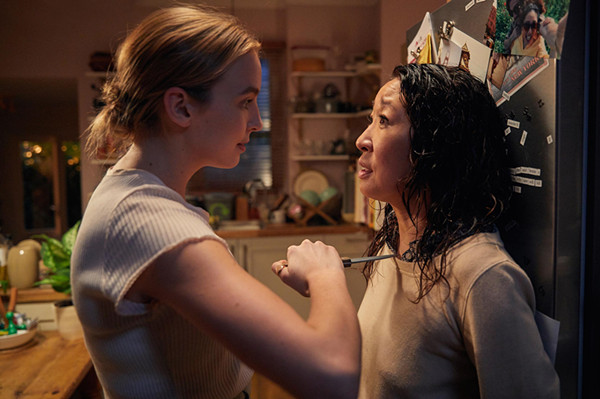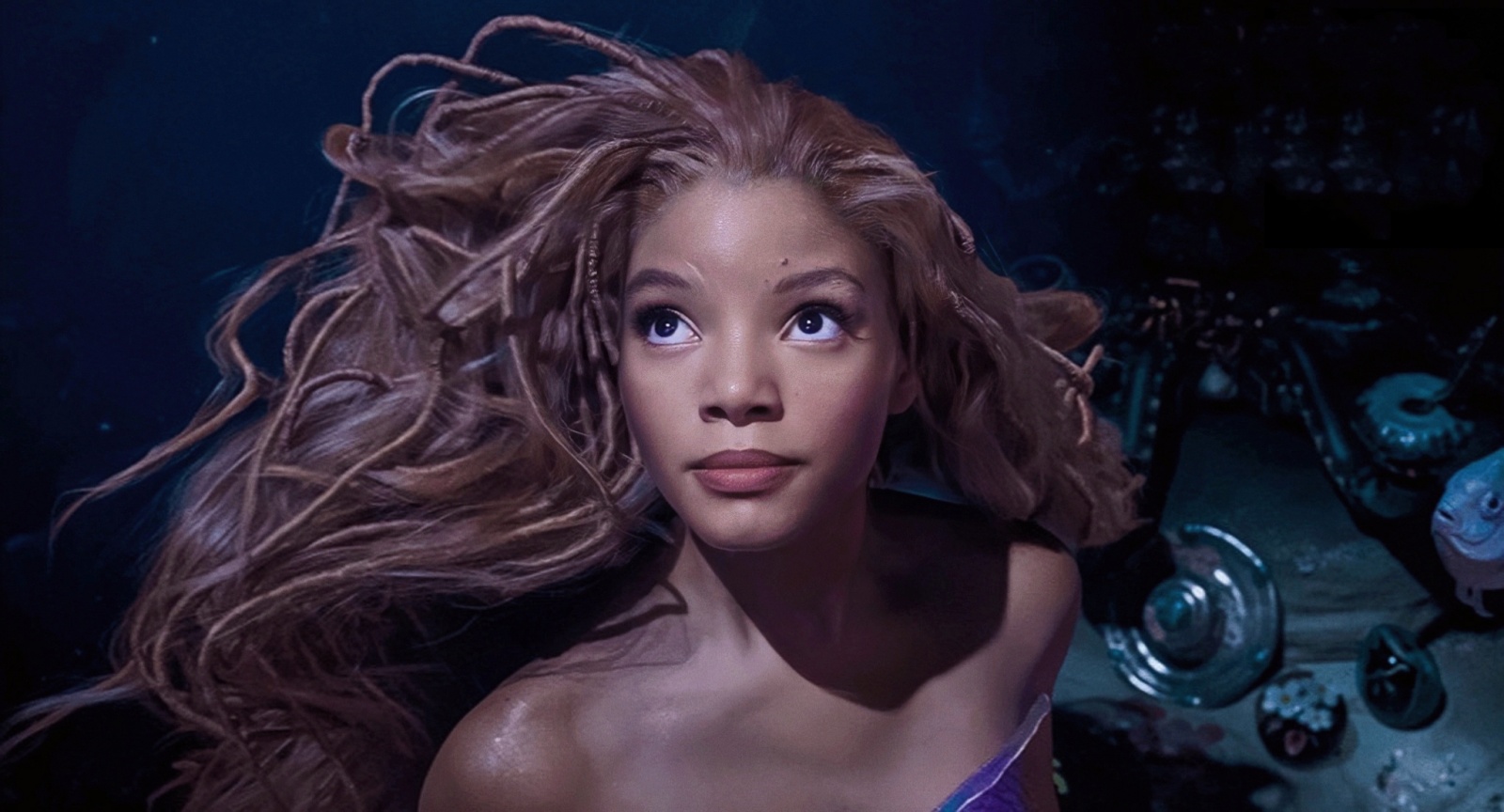
The U.S. presidential election has finally come to a close. This election, marked by numerous dramatic events, turned out to be somewhat of a rerun of the 2016 election.
Eight years ago, struck by Hillary’s frequent discussions on women’s issues during her presidential campaign, I wrote an article titled “A Decade of American TV: The Evolution of Feminism,” analyzing the changes in female themes in Western film and television. Now, as we enter another election season, with yet another female candidate going head-to-head with Trump, and the same election outcome, it’s time to reflect on how female themes have been expressed in film and television over the tumultuous past eight years.
Before preparing for this article, I had a presumptive belief—ever since the “Me Too” movement swept across the globe in 2017 and women's voices have gained momentum, I thought that female-centric media targeting female audiences must have seen significant qualitative leaps. However, after listing all the female-centric dramas I had watched over the past eight years, along with those that sparked widespread discussions on social media, I found myself moving from silence to contemplation upon seeing the nearly filled A4 page of titles.
Where Have All the Female Ensemble Shows Gone?
Those who frequently browse social media might have noticed that in the past couple of years, the once-iconic female ensemble show “Sex and the City” has resurged on domestic social media platforms. Various images, texts, and short videos of clips and fan-made content from “Sex and the City” have proliferated and sparked much interaction and discussion.
It’s worth noting that “Sex and the City” premiered in 1998, and it only concluded its sixth season in 2003, making it over twenty years old. One could even argue that the original audience of the show is no longer of the same generation as today’s heavy users of social media. Yet, a series centered on the lives of four mature women living in New York has managed to cross the two-decade age gap and successfully resonate with the new generation of internet-savvy female viewers—a truly remarkable phenomenon.
But what accounts for this “remarkable” resurgence? Is it that “Sex and the City” was so avant-garde and outstanding that it could captivate viewers from two generations with vastly different backgrounds? Or is it due to the lack of breakthroughs in similar themed shows over the past two decades?

Still from “Sex and the City”
I believe that the brilliance of “Sex and the City” is widely acknowledged. However, upon closer reflection, it’s not hard to identify a fact: when we think of iconic female ensemble shows, the titles that instantly come to mind—including “Sex and the City,” “Desperate Housewives,” “Hot in Cleveland,” “Girls,” and “Orange Is the New Black”—are all classics that aired over ten years ago.
In the past decade, there have indeed been popular female ensemble shows, such as “Killing Eve” and “Big Little Lies,” which sparked substantial conversations when they aired. However, their popularity waned once the shows concluded, and a few years later, most viewers could hardly recall the plot, save for a memorable line by Simone, played by Lucy Liu—“Oh youth,” which still brings a smile to faces when memes are shared.
In fact, in recent female ensemble dramas, we have seen high-profile Hollywood stars join the ranks, with actors like Nicole Kidman, Reese Witherspoon, and Lucy Liu appearing in series that, back when “Sex and the City” was on air, would never have transitioned from the big screen to small screen unless in cameo roles. Yet, despite the trend of "Hollywood megastars making their way to television," there are neither more nor hotter female ensemble dramas today, and we still cannot find a show that stands shoulder to shoulder with “Sex and the City.” Isn't that rather peculiar?
The length of these series is certainly a factor to consider. The production model of American shows that often featured twenty episodes in a season and ran five to six seasons is gradually being replaced by more mini-series. While the runtime can impact a series' long-tail effect when it comes to audience reach—this impact is merely to a certain extent.
The real determining factor lies in how you define “female ensemble shows.” Should the emphasis of female ensemble dramas be on “female,” “ensemble,” or “narrative”?
It’s evident that recent female ensemble shows like “Killing Eve,” “Big Little Lies,” and “Bad Sisters” heavily lean towards suspense. The plot developments are driven by crimes or a central mystery. Rather than viewing these series strictly as female ensemble dramas, it may be more accurate to classify them as suspense dramas featuring various women characters. Once the mystery is unraveled and the perpetrator revealed, audiences often react with a “I see now” acknowledgment, or they express their outrage only to move on without engaging with any female-related themes present or absent in the series.

Poster for “Killing Eve”
This stands in stark contrast to “Sex and the City,” which has the power to instantly provoke viewers to re-watch, and even savor snippets on social media for an extended time.
Classic female ensemble shows like “Sex and the City” focus on the everyday lives of women and the various relationships that need to be expressed, developed, abandoned, or defended in daily life. These relationships include their connections with men (often dramatized), but more crucially, their relationships with other women, their connections to societal definitions of “womanhood,” and, above all, their relationship with themselves.
Sadly, over the past few years, amidst the tidal wave of the “Me Too” movement, the exploration of these relationships and discussions we most want to see in female-themed dramas have been diluted by formulaic suspense plots. Female ensembles are no longer about the women themselves; instead, they become a gimmick serving the narrative and the necessary thrills.
From Character Labeling to Story Labeling
Indeed, as I mentioned in my analysis eight years ago, the “cluster” dynamic among women contributes significantly to viewership ratings in female-themed dramas but inevitably results in the labeling of numerous female characters.
In the viewing environment back then, this downside was understandable—when writers attempt to create a dynamic group that attracts viewers, they must assign each character in the group a distinct personality contrast. For example, in “Sex and the City,” you have the conservative and cautious Charlotte, the bold and avant-garde Samantha, the rational and restrained Miranda, and the romantic and passionate Carrie. Similarly, in “Desperate Housewives,” the archetypes are the ditzy Susan, the gold-digger Gabrielle, the tomboyish Lynette, and the compulsive Bree.

Screenshot from “Desperate Housewives”
Whether it's the audience or the production teams, discussions surrounding “labeling” and “anti-labeling” have been increasingly prominent online in recent years. Labeling is now gradually viewed as pejorative or even offensive. This shift is a positive development since every woman is multifaceted and cannot be easily generalized. As reflective of real society, female characters in dramas should also be complex and not labeled.
In recent female-themed shows, especially female ensemble dramas, we've indeed witnessed that female characters are less frequently defined by single adjectives. However, this doesn’t mean that the expression of female themes has been de-labeled. In reality, within series production, the labeling of characters is being replaced by the labeling of stories.
If you doubt this, closely examine shows like “Big Little Lies,” “Killing Eve,” “Bad Sisters,” and “The Morning Show.” Despite their high storytelling quality and the relatively complex personalities and backgrounds of their female characters, even the most successful high-rated shows can be summarized with a single sentence—“Down with the bad guys.” If we want to add another line, it could be “girls help girls; down with the bad guys.”
It could be said that “down with the bad guys” and “girls help girls” have become the two largest labels attached to female ensemble stories, especially so in domestic female-themed productions.
Thanks to clever suspense setups and the extensive usage of “girls help girls,” these series create dense thrills that leave audiences craving more. But when did feminist expression descend into the limitation of “judgment against the bad guys”? If womanhood represents a certain plight, does that plight consist solely of bad guys? Is “girls help girls” the only coping mechanism available?
Labeling female stories is more perilous than labeling female characters and deserves careful scrutiny by both audiences and creators. Leveraging thrills and emotions to place the multifaceted expression of feminism into an overly specific context—thereby providing a narrow resolution—seemingly enhances discussions surrounding women’s issues but actually creates a deliberately obscured viewpoint, where the darkness beyond the audience’s emotional catharsis remains unexplored and far more deserving of examination.


